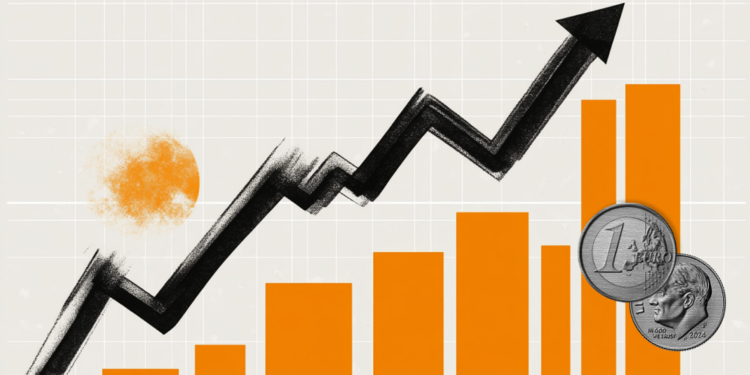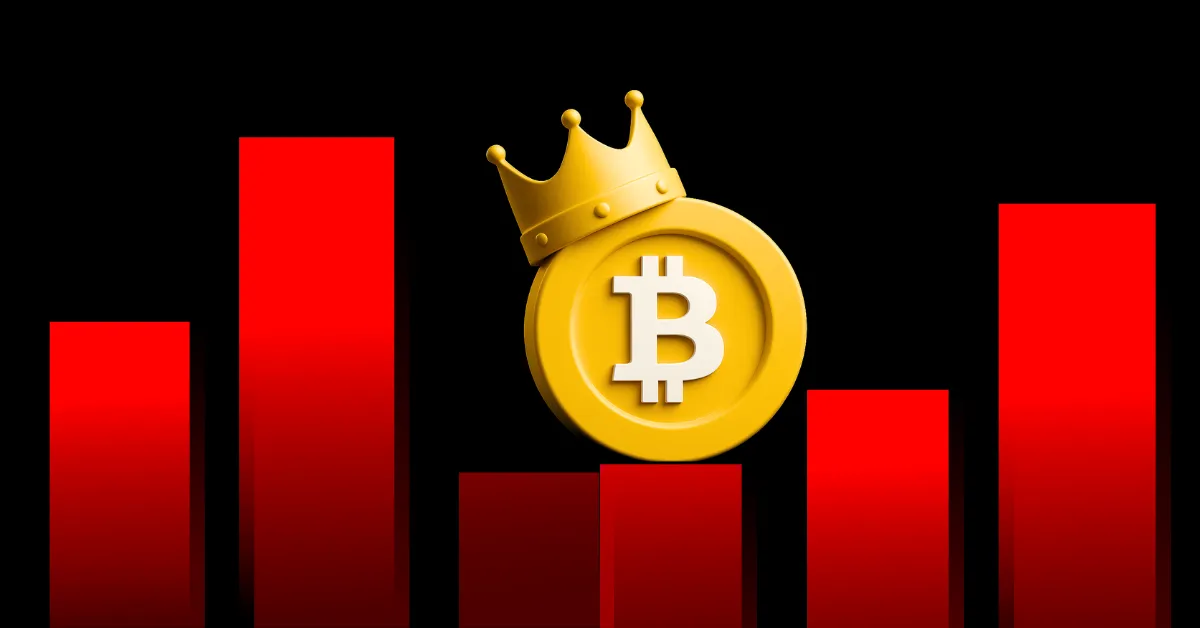10 Best Crypto Exchanges In Europe For 2025 (Secure & Regulated)
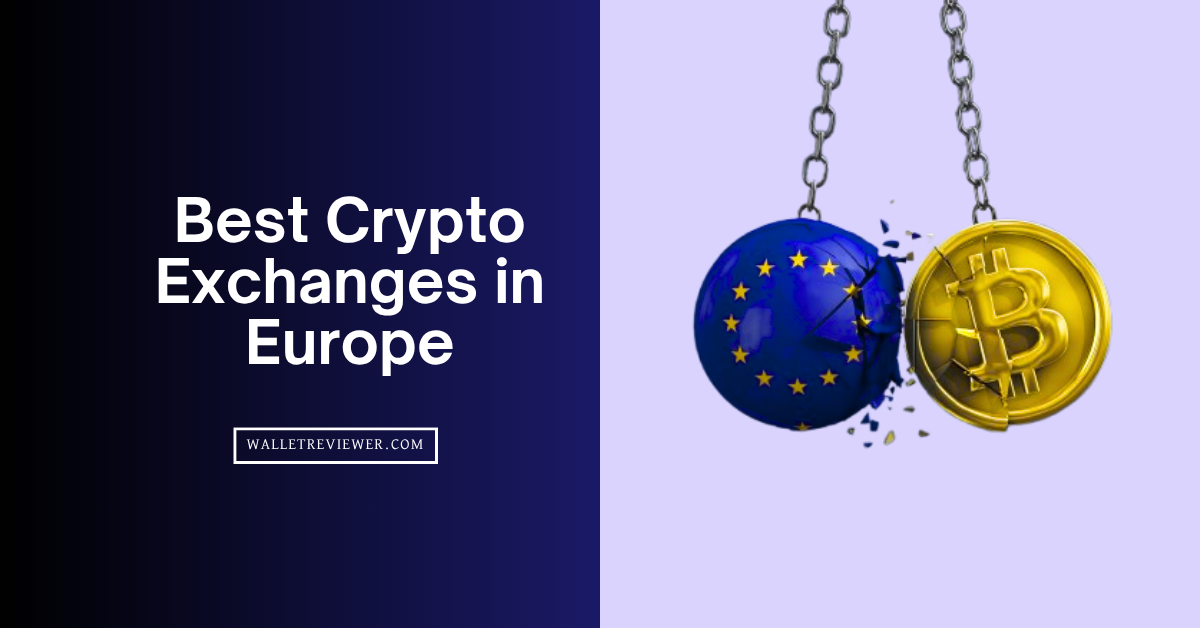
The Markets in Crypto-Assets regulation is basically changing the whole game in the European Economic Area (EEA), bringing crypto trading under a single, unified legal umbrella. You should only be dealing with exchanges that are either already authorized under MiCA or are deep into the transitional period of obtaining their full license, because that shows they are committed to your safety.
This guide covers the best crypto exchanges in Europe right now. Every platform on this list either holds a MiCA licence or has clear plans to obtain one, so you can be confident they meet the region’s compliance standards.
List of European Crypto Exchanges in 2025 (Licensed)
You can find many places to trade, but only a handful of exchanges are really stepping up to meet the tough new standards set by MiCA, which is exactly what you should be looking for right now.
Here is a quick overview of the best European crypto exchanges that you should seriously consider for your trading needs this year.
- Kraken: Overall best cryptocurrency exchange in Europe for 2025 (EU-regulated)
- Bitget: Best mobile app for copy trading (best for beginners)
- KuCoin: Licensed crypto trading platform in Europe for altcoins
- BingX: Best Europe-based crypto exchange with low fees
- Binance: Biggest European crypto exchange by liquidity and trading volume
- Bybit: Best futures crypto trading platform for Europe
- Coinbase: Best EU-regulated crypto exchange with EUR support
- MEXC: Anonymous crypto trading exchange in Europe (no-KYC and 200x leverage trading)
- Pionex: Best exchange for crypto trading bots in Europe
- LBank: Top meme coin trading platform for Europe without ID verification
Comparing the Best Crypto Exchanges in Europe
When you are trying to figure out which of the best crypto exchanges in Europe is right for you, it really helps to see them side-by-side. You should not just focus on one single thing, like fees, but actually look at the whole picture: security, MiCA compliance, and the actual ease of getting your Euros in and out.
| Exchange | MiCA Status | Coins | Trading Fees (Basic Spot) | Best Feature | EUR Deposit Method |
|---|---|---|---|---|---|
| Kraken | Fully MiCA Licensed (CBI) | 350+ | Maker 0.16%, Taker 0.26% |
Overall Safety & Regulation | SEPA/SEPA Instant (Free) |
| Bitget | VASP Registered (MiCA Pending) | 1,200+ | Maker 0.1%, Taker 0.1% |
Best Mobile Copy Trading | SEPA, Card, P2P |
| KuCoin | VASP Registered (MiCA Pending) | 700+ | Maker 0.1%, Taker 0.1% |
Biggest Altcoin Selection | Third-Party Card/P2P |
| BingX | VASP Registered (MiCA Pending) | 800+ | Maker 0.05%, Taker 0.1% |
Lowest Fees for Spot/Derivatives | SEPA, Card Payments |
| Binance | High Volume of National VASP Reg. | 450+ | Maker 0.1%, Taker 0.1% |
Highest Liquidity & Volume | SEPA Transfer (Free) |
| Bybit | Fully MiCA Licensed (Austrian FMA) | 1,600+ | Maker 0.1%, Taker 0.1% |
Best Futures Trading Platform | SEPA Transfer (Free) |
| Coinbase | Fully Regulated (Luxembourg/BaFin) | 200+ | Maker 0.40%, Taker 0.60% |
Top-Tier Security & Simple Use | SEPA Transfer (€0.15) |
| MEXC | Transitional (Optional KYC) | 3,000+ | Maker 0.00%, Taker 0.05% |
No-KYC Trading/Altcoins | P2P, Third-Party Card |
Read: Best cold storage wallets for crypto
Top 8 Regulated Crypto Exchanges in Europe: Full Review
We are going to dive right into the details of the top 8 EU platforms that are competing to be the best crypto exchanges in Europe for the long run.
1. Kraken: Overall best cryptocurrency exchange Europe 2025 (EU-regulated)
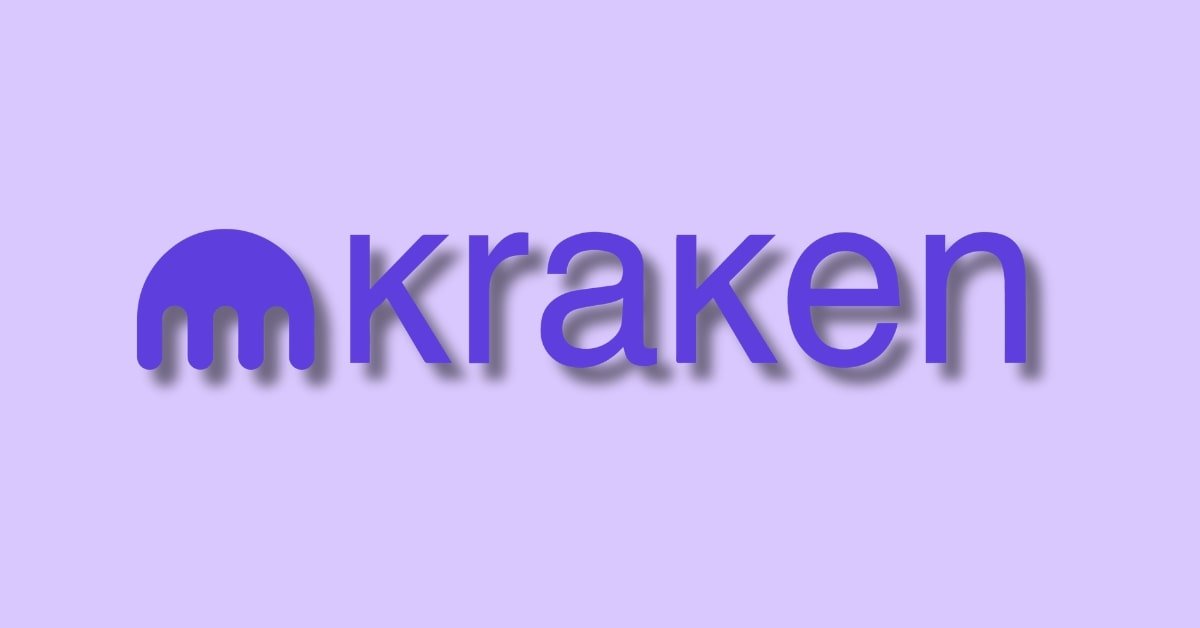
Kraken is the #1 best cryptocurrency exchange in Europe right now, mostly because of its long history of strong security and its proactive approach to European regulation. This platform has been around for ages, since 2011, and has a strong reputation for keeping client funds safe and secure.
It offers a massive selection of crypto assets, over 350 in fact, and is a top choice for both people who are just starting out and those who are more advanced, thanks to its different trading interfaces.
How is Kraken Regulated in Europe?
Kraken is already super well-regulated across the globe and in Europe. They hold a Virtual Asset Service Provider (VASP) registration in Ireland, a Payment Institution License in Lithuania, and a VASP registration in Spain, just to name a few key ones. More importantly, they are also MiCA licensed.
Fees & EUR Payment Methods
Kraken’s fee structure is competitive, with basic spot trading fees generally starting at $0.16% for the maker and $0.26% for the taker on their main ‘Instant Buy’ service, though the ‘Pro’ platform offers much lower fees, often starting at $0.00% to $0.10%.
Actually, the best part for European users is the EUR funding. You can easily deposit Euros using a bunch of fast, free methods. These include SEPA, SEPA Instant (which is basically instant), Wire Transfer, SWIFT (for larger amounts), and sometimes even PayPal in certain EEA countries.
2. Bitget: Best mobile app for copy trading (best for beginners)
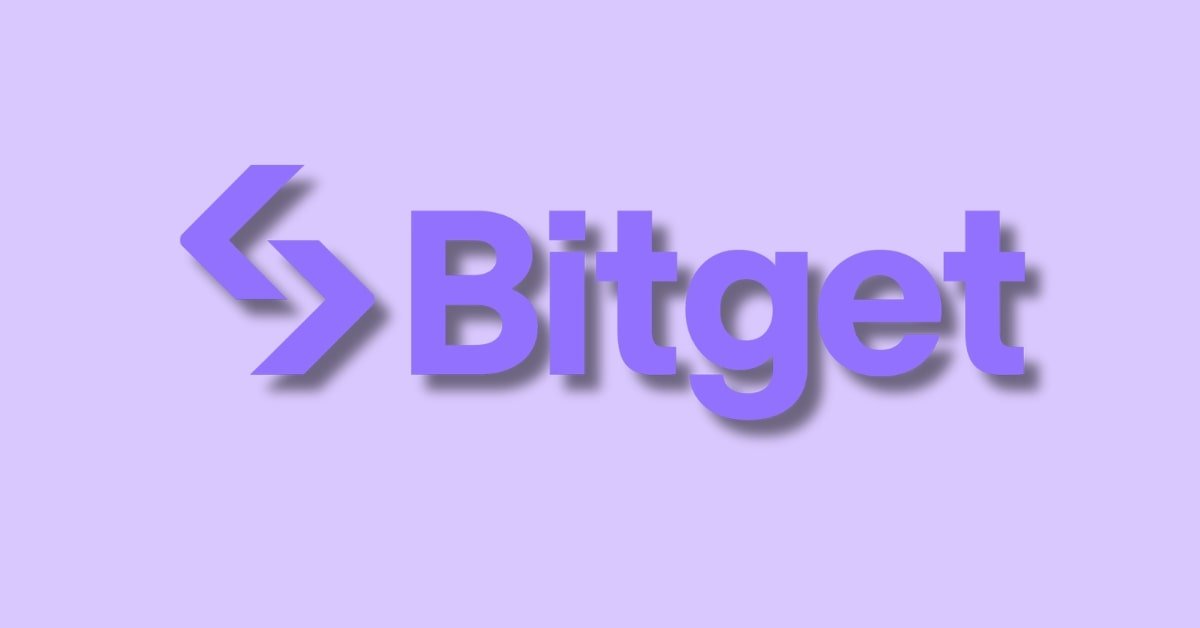
Bitget is really the best choice if you are a beginner in Europe looking to start trading but want a kind of safety net, thanks to its outstanding copy trading feature that works perfectly on its mobile app. Copy trading basically lets you automatically copy the trades of more experienced, top-rated traders on the platform.
You can just follow a pro, and when they trade, you trade; it’s honestly that simple. The mobile app itself is pretty intuitive and really well-designed, which makes checking on your trades or finding a new master trader super easy, even on the go. This focus on easy-to-access tools makes it one of the top European crypto exchanges for those just getting started.
How is Bitget Regulated in Europe?
Bitget has successfully obtained a Virtual Asset Service Provider (VASP) registration in Lithuania, which is an important step that shows its commitment to the EU market. They also have a global compliance framework that meets Anti-Money Laundering (AML) and Know Your Customer (KYC) standards that align with European requirements.
While they are still in the process of getting full MiCA authorization, securing these initial VASP registrations in EU member states shows they are on the right path to being the best licensed crypto exchanges in Europe.
Fees & EUR Payment Methods
Bitget offers really good, low fees for spot trading, typically starting at just 0.1% for both the maker and the taker. You can actually get these fees even lower if you hold their native BGB token.
To get Euros into your account, they offer a few simple methods. These usually include bank transfers like SEPA, which is basically the standard for European users, along with options for credit/debit card purchases, P2P (peer-to-peer) trading, and sometimes third-party providers like Simplex or Banxa.
3. KuCoin: Secure crypto trading platform in Europe for altcoins
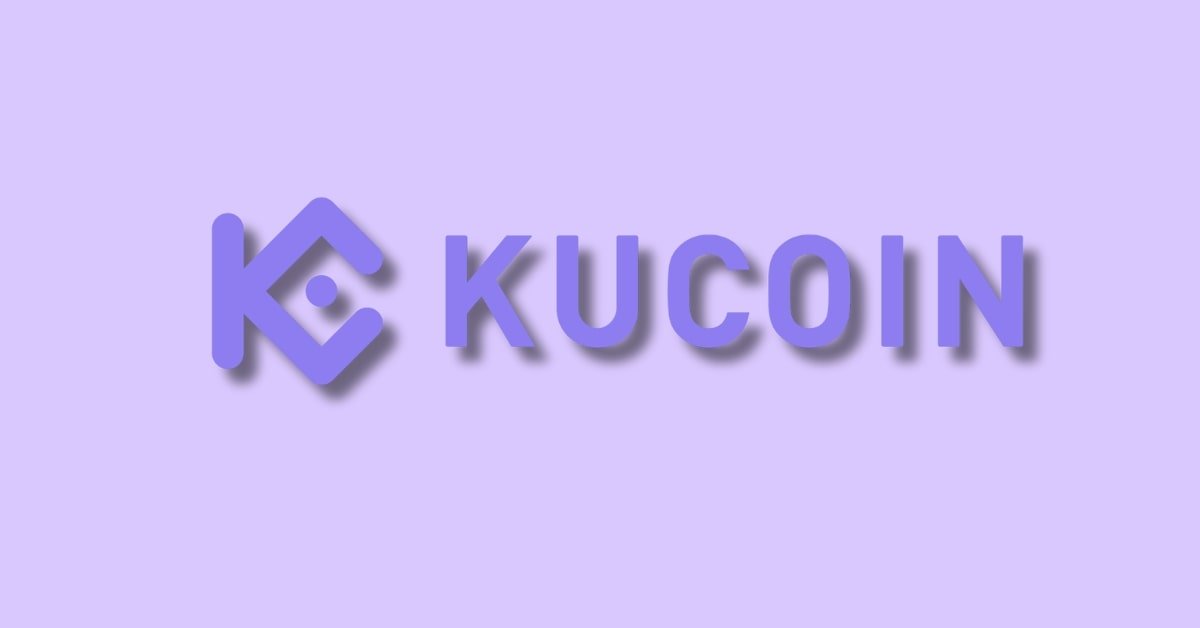
KuCoin is best for investing in altcoins beyond the top 20, making it the best crypto trading platform in Europe for variety. This platform is often called the “People’s Exchange” because it lists an incredible number of low-cap, emerging projects long before they appear on more traditional, US-centric exchanges like Coinbase.
You will find thousands of assets available to trade. It offers not just spot trading but also margin trading, futures, P2P, and a robust staking and lending ecosystem.
How is KuCoin Licensed in Europe?
KuCoin’s regulatory status in Europe is generally viewed as being in the process of adaptation. While they are fully regulated in some jurisdictions outside the EU, within Europe, they are diligently working towards compliance with the new MiCA rules and national VASP requirements. KuCoin has established a new entity, KuCoin EU Exchange GmbH, based in Vienna, Austria, to apply for its license.
They operate with a strong focus on AML and KYC globally, but they have not yet secured a primary, passportable MiCA license from an EEA regulator, unlike Kraken or Bybit.
Fees & EUR Payment Methods
Spot trading fees start at an attractive 0.1% for both makers and takers in the lower VIP tiers, and you can reduce this even further by using the platform’s native token, KCS, to pay your fees. You can find that they offer multiple ways to deal with Euros, including buying crypto directly with a credit card or debit card, using Google Pay, or through their integrated P2P market.
They do not always have the instant, free SEPA on-ramp that some regulated exchanges offer, but they facilitate Euro purchases using third-party providers or P2P, which is still quite effective for European users.
4. BingX: Best Europe-based crypto exchange with low fees
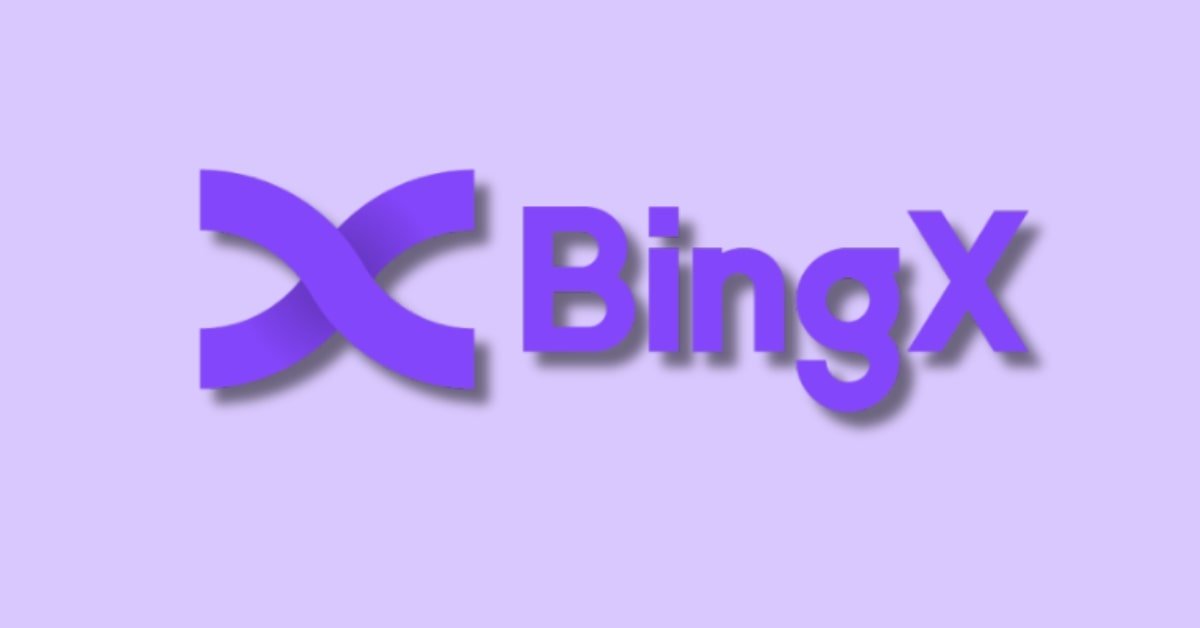
BingX is quickly becoming a really important player in the European market, particularly known for offering an extremely balanced platform that combines social trading features with seriously low fees, positioning itself as a top contender for the best European crypto exchange.
This platform is a hybrid exchange, meaning it offers both traditional spot trading and highly liquid derivatives trading, but it also has a great copy trading feature, much like Bitget. They are mainly focused on providing a user-friendly and cost-effective trading environment for everyone.
How is BingX Licensed in Europe?
BingX holds a European license through a Lithuanian registration, allowing it to operate in the European Union. While they may not hold the central, passportable MiCA license yet, their ongoing compliance efforts demonstrate a commitment to operating legally within the European framework.
Fees & EUR Payment Methods
Spot trading fees are incredibly competitive, with maker fees often sitting as low as 0.05% and taker fees around 0.1%.
You can easily deposit money using SEPA transfers, credit and debit cards, and they have also integrated popular third-party payment processors, making the transition from fiat to crypto pretty smooth for European users.
5. Binance: Biggest European crypto exchange by liquidity and trading volume
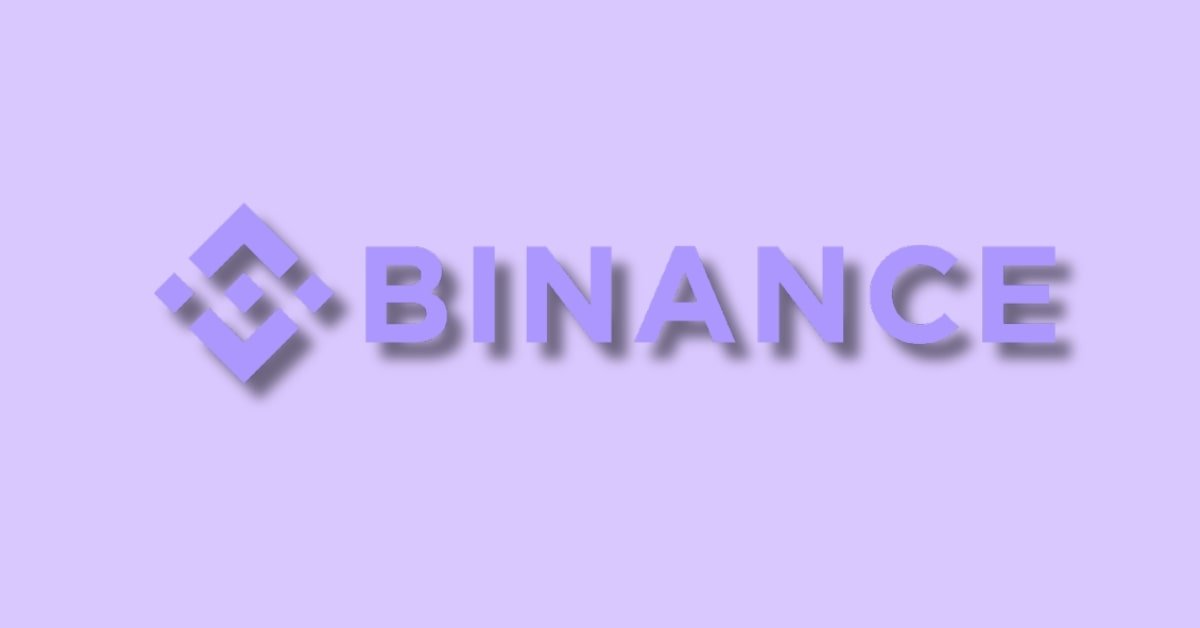
Binance remains the world’s largest crypto exchange by trading volume, and it has a significant market share in Europe. However, Binance still doesn’t hold a MiCA licence. While you can open an account from many European countries, the exchange has delisted non‑compliant stablecoins and restricted some services to meet EU requirements.
Fees & EUR payment methods
Binance boasts some of the lowest trading fees: 0.1% maker and taker on spot trades, reduced to 0.075% when paying fees with BNB. The platform offers EUR deposits via SEPA bank transfer, bank cards, Sofort, Apple Pay, Google Pay, and third‑party partners like Advcash. Withdrawal fees to SEPA accounts are typically under €1.
How is Binance regulated in Europe?
Binance operates through various subsidiaries in different countries, but it does not have an EU MiCA licence. The exchange says it works closely with EU regulators and complies with local anti‑money‑laundering (AML) rules. Users are subject to KYC requirements, and transactions over €1,000 may be reported to authorities.
6. Bybit: Best futures crypto trading platform for Europe
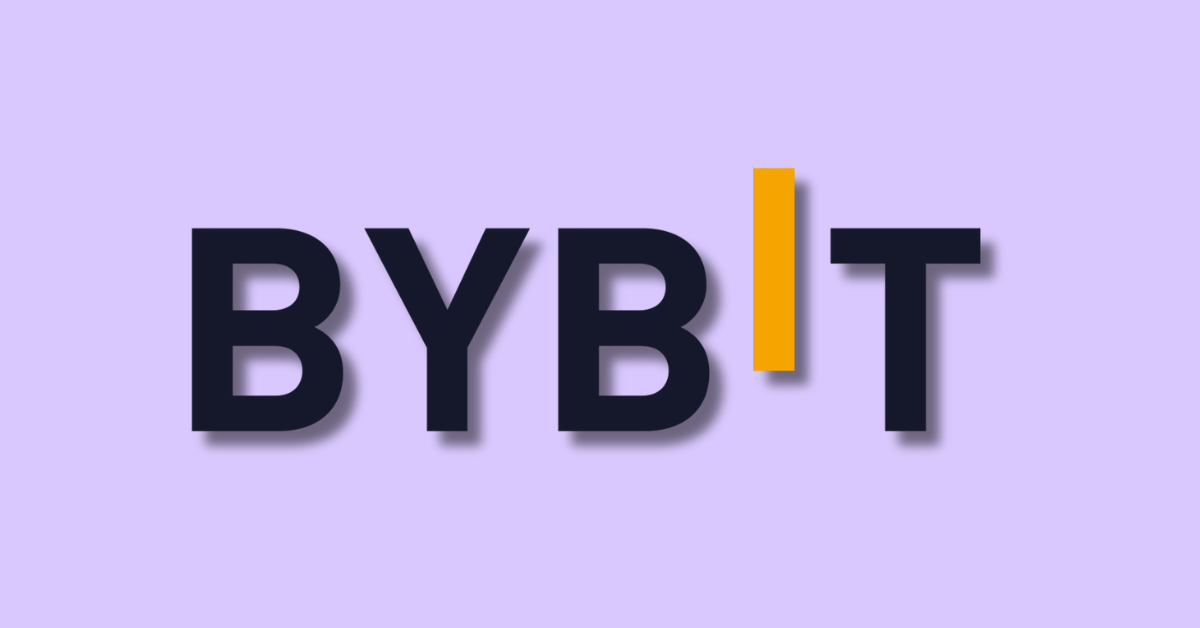
Bybit is another one of the best crypto exchanges in Europe, most famous for derivatives trading. It has grown from a derivatives‑only platform into a full‑service exchange with spot trading, staking, and a launchpad.
In 2025, Bybit EU GmbH secured a MiCA licence from Austria’s FMA and launched Bybit EU, a dedicated portal for European users. Thanks to deep order books and competitive fees, Bybit has become a favourite for futures traders across the continent.
Fees & EUR payment methods
Bybit’s spot fees begin at 0.1% maker and taker. For perpetual contracts, fees start at 0.02% maker and 0.055% taker. Bybit EU supports EUR deposits via SEPA transfer, Visa/Mastercard, Apple Pay, Google Pay, and Advcash. You can also use Instant SEPA and bank transfers through local partners.
How is Bybit regulated in Europe?
Bybit EU GmbH is authorised by the Austrian FMA under MiCA. The licence allows the company to provide services throughout the EEA. Accounts opened after July 1, 2025, are under the EU jurisdiction, with mandatory KYC, 2FA, and asset isolation. Bybit regularly publishes proof‑of‑reserves audited by Hacken, demonstrating over 100% collateralisation of user assets.
7. Coinbase: Best EU-regulated crypto exchange with EUR support
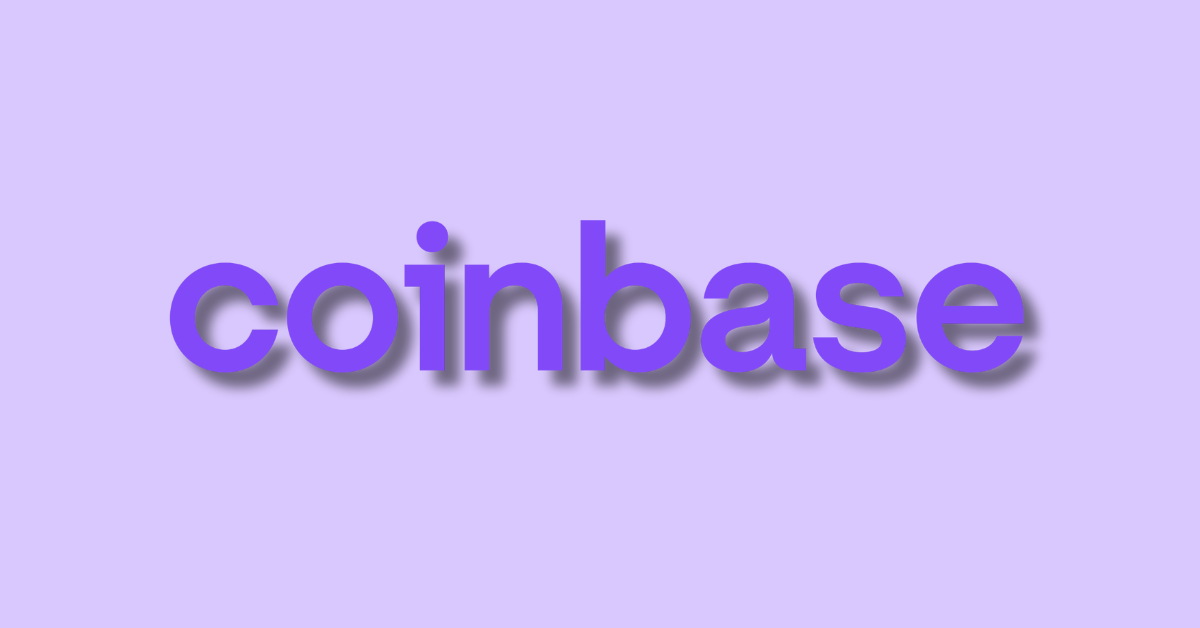
Coinbase is often the first place people start their crypto journey, and it remains one of the safest crypto exchanges in Europe due to its reputation and long history of regulatory compliance globally. It is widely considered the best EU-regulated crypto exchange with EUR support for anyone who values simplicity and security above all else.
The platform is designed to be incredibly easy to use, even if you have never bought crypto before. It features a clean, simple layout for buying and selling, but it also offers the advanced Coinbase Exchange (formerly Coinbase Pro) platform for more detailed trading. You are basically paying for convenience and the highest level of regulatory assurance possible.
Fees & EUR payment methods
Coinbase charges a simple maker/taker fee structure: 0.4% maker and 0.6% taker on Advanced Trade, with lower rates for high‑volume traders. The platform provides multiple EUR payment options, including SEPA transfers, debit/credit cards, Apple Pay, Google Pay, PayPal, and Instant SEPA. Withdrawals to EU bank accounts cost around €0.15.
How is Coinbase licensed in Europe?
Coinbase Luxembourg S.A. holds a MiCA licence issued by the CSSF. It also retains a suite of licences in other jurisdictions: an Electronic Money Institution licence in the UK (FCA), a VASP registration in Spain, and E‑money licences in Ireland. These overlapping authorisations allow Coinbase to operate legally across the EU and beyond.
8. MEXC: Anonymous crypto trading exchange in Europe (no-KYC and leverage trading)
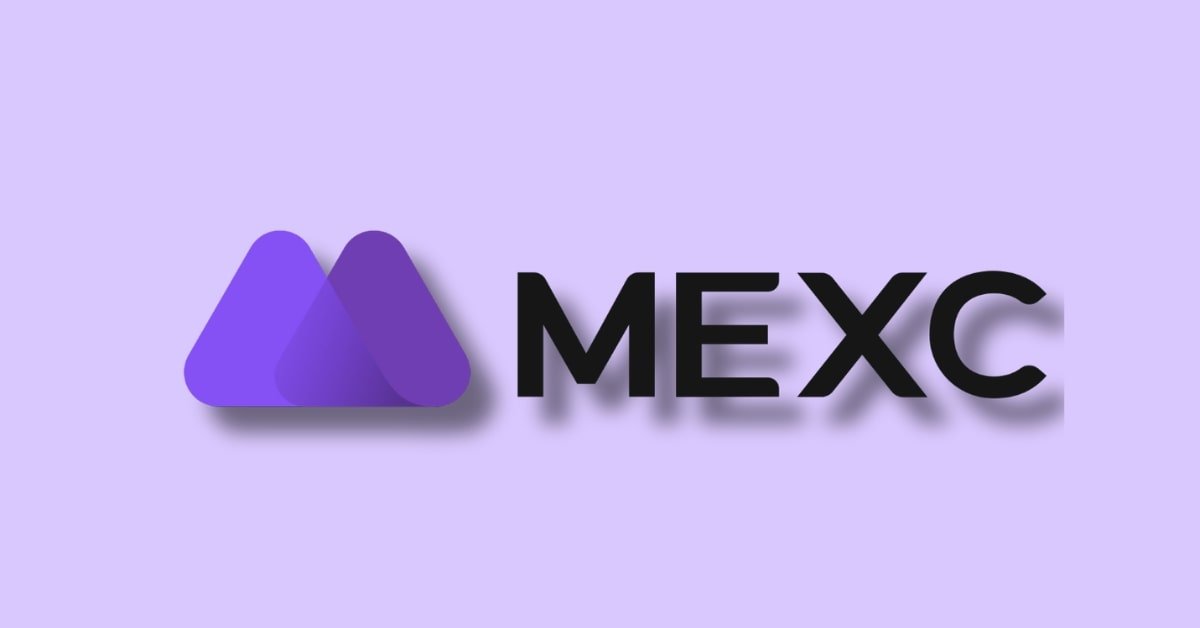
MEXC is another of the best crypto exchanges in Europe, which allows trading without KYC, and you can withdraw up to 10 BTC per day with ID checks. has become the go‑to platform for users who want to trade hundreds of coins without intrusive identity checks.
Although it started in Asia, it has grown to serve more than 40 million users worldwide and consistently ranks among the world’s largest exchanges by spot volume. In Europe, MEXC is accessible in most countries but operates without a MiCA licence. (Read: Best no-KYC crypto exchanges)
Fees & EUR payment methods
MEXC offers extremely low fees: 0% maker and 0.05% taker on spot trades, and 0% maker and 0.02% taker on futures. You can deposit EUR using Visa/Mastercard, SEPA bank transfer, Apple Pay, Google Pay, bank transfer, or via third‑party payment processors.
How is MEXC regulated in Europe?
MEXC is headquartered in Seychelles and holds multiple licences: a Money Services Business (MSB) licence in the US, an AUSTRAC Digital Currency Exchange licence in Australia, and an Estonian MTR licence. These licences allow MEXC to offer exchange, wallet, and remittance services in many jurisdictions. However, MEXC does not have an EU MiCA licence, and European users must rely on its international entity.
How to Pick the Best European Crypto Exchange?
Picking the best crypto exchanges in Europe is actually a lot like choosing the right bank, but with digital assets. You really need to think about what you are going to use the platform for the most, because what works for a daily futures trader is totally different from what works for someone who just buys €100 of Bitcoin every month.
1. Check the MiCA Regulation Status First
You should only consider a platform that is either fully MiCA-licensed or has secured VASP registrations in key European nations and is actively pursuing the full MiCA passport.
Why is this so important? Because MiCA brings strong rules about consumer protection, anti-money laundering (AML), and operational stability. If an exchange has the MiCA badge, it means they have met the high standards set by the EU, giving you the best possible protection.
You need to look for names like the Central Bank of Ireland or the Austrian FMA that are authorizing these platforms. Choosing a platform that is committed to being the best MiCA-registered crypto exchange in Europe is your first and most important step to safety.
2. Trading Fees and Costs
Look, fees can secretly eat into your profits, especially if you trade often. You need to distinguish between spot fees, futures fees, and those pesky withdrawal fees. For most European users, the true cost often lies in fiat transfers. Exactly what is the cost of depositing Euros via SEPA? It should be free, or very close to it, like the €0.15 fee on Coinbase. If an exchange charges you €5 for every withdrawal, that is going to cost you a lot over time, even if their spot trading fee is low.
You must always check the maker/taker fees on the advanced platform (like Kraken Pro or Bybit) because the simple “Instant Buy” fee is almost always much, much higher due to the hidden spread. (Read: Best crypto exchanges with low fees)
3. Liquidity and Trading Volume
If you are just buying €50 of Bitcoin, liquidity does not really matter. But if you are doing larger trades, say €10,000 or more, you need an exchange with very high trading volume, like Binance or Kraken.
High liquidity means your order gets filled instantly at the exact price you want, with no slippage. Low liquidity means you might end up paying more than you expected because there are not enough buyers or sellers at the current price. Generally, the biggest European crypto exchanges are the best for liquidity, which is why they stay at the top. (Read: Most liquid crypto exchanges)
4. Supported Cryptocurrencies or Trading Pairs
Do you only care about Bitcoin and Ethereum? Then, Coinbase or Kraken is perfectly fine for you. But, if you are an altcoin trader who wants to find the next tiny token that could blow up, you need a platform like KuCoin or MEXC, which lists literally thousands of smaller projects.
5. User Interface and Mobile App
If you are a beginner, you want the simplest, cleanest app possible, like Coinbase or Bitget. If you are an advanced trader, you need complex charting tools, customizable layouts, and fast order execution, which you will find on Kraken Pro or Bybit.
Well, nobody likes a slow, confusing app when the crypto market is moving fast. You must also check if the exchange has one of the top-rated crypto exchange apps in Europe for trading on the go.
6. Security History and Protocols
You should only pick the best crypto exchange in Europe with a spotless security record. Look for platforms that offer two-factor authentication (2FA), cold storage for the majority of user funds, and a dedicated insurance fund that protects you in case of a hack.
Kraken and Coinbase are particularly well-known for their institutional-grade security protocols, making them the safest place to trade crypto in Europe by far.
Are Crypto Exchanges Safe to Use in Europe?
Yes, crypto exchanges are now safer to use in Europe than they have ever been, thanks to the new Markets in Crypto-Assets (MiCA) regulation. Well, this new framework is a monumental piece of legislation that standardizes the rules across all 27 EU member states.
MiCA basically forces platforms to act more like traditional financial institutions. This is a huge win for you as a user. Basically, when an exchange secures a MiCA license, it must adhere to strict requirements that are all about protecting your assets and your interests. These rules include holding proper capital reserves, implementing clear rules against market manipulation, and segregating your funds from the company’s own operating funds.
You should always favor platforms that are making a very clear effort to be one of the EU-regulated crypto exchanges. Those who are dragging their feet or trying to avoid the rules are the ones you should definitely stay away from.
How to Buy Bitcoin or Cryptocurrency in Europe?
Buying crypto in Europe is actually simpler than you might think, mainly because of the strong Euro support offered by the best crypto exchanges in Europe.
- Choose a Regulated Exchange: First things first, you need to sign up for a MiCA-aligned exchange like Kraken, Bybit, or Coinbase. Seriously, do not skip this step. Completing the Know Your Customer (KYC) verification is mandatory now, especially with MiCA in full swing, so you should prepare your government ID (like your passport or driving license) and be ready for a quick verification process.
- Fund Your Account via SEPA: This is the best way to get Euros into your account cheaply and quickly. You simply need to link your European bank account to the exchange and send a transfer. Look, almost all the top exchanges, including Binance and Kraken, offer free SEPA deposits. If they offer SEPA Instant, the funds will actually arrive in your exchange wallet almost immediately.
- Purchase with a Credit or Debit Card: If you need the crypto right now, buying with a card is the fastest way, but you should know that it usually comes with a higher fee, often between 1.5% and 4% of the transaction amount.
- Use Peer-to-Peer (P2P) Trading: Some platforms, like Binance and MEXC, have P2P markets. This lets you buy crypto directly from another user in exchange for Euros, often using a method like PayPal or a local bank transfer. Anyway, the exchange acts as an escrow, holding the crypto until you confirm you have sent the Euros. This is often very low-fee, but you need to be a little more careful about dealing directly with another person.
- Place Your Trade: Once your Euros are in the account, you simply go to the Spot trading section. You find the BTC/EUR or ETH/EUR pair. You can choose a Market Order (which buys immediately at the current best price) or a Limit Order (which lets you set a specific lower price you want to buy at). Right, a limit order is generally better because it saves you money on the fee and ensures you only buy at your desired price.
Is Investing in Crypto Legal in Europe?
Yes, investing in cryptocurrency is absolutely legal across the entire European Union and the wider European Economic Area. The legal status is very clear, especially since the introduction of the MiCA regulation, which provides an unambiguous legal foundation for crypto assets.
Before MiCA, the legality of certain activities and assets was sometimes murky, relying on individual member state laws, but that is no longer the case.
Crypto Regulation and Taxation in Europe (2025)
Understanding the regulations and, more importantly, the tax rules is absolutely vital before you start trading large amounts of crypto in Europe. You do not want a surprise tax bill later.
MiCA’s Impact on European Trading
MiCA is primarily focused on regulating the service providers: the exchanges, custodians, and issuers, not directly on you, the individual investor. When it comes to your daily trading, the biggest change you will notice is the enhanced safety measures and the mandatory KYC requirements that have been tightened across the board, even on platforms that used to allow anonymous trading.
MiCA also forces exchanges to be incredibly transparent about their fees and the risks associated with the products they offer. You should expect less market manipulation and much more stable operations from top European crypto exchanges as these rules are fully enforced.
Taxation: The Golden Rule and Key Differences
Taxation on crypto in Europe is managed at the national level, not by the EU, so the rules can vary quite a bit from country to country. But, there is one really important concept that you must understand, often called the “Golden Rule” or the “Holding Period Rule,” which is still in effect in many major EU nations:
- Tax-Free After One Year (The Golden Rule): In countries like Germany, if you hold Bitcoin or other cryptocurrencies for longer than one year, any profit you make when you sell it is completely tax-free. This is an absolutely massive benefit that encourages long-term investing.
- Capital Gains Tax (Short-Term): If you sell crypto within that one-year period, the profits are usually subject to your country’s standard income tax or capital gains tax rate, which can be high.
- Tax on Trading Income: If you are a high-volume trader who is actively day-trading, margin trading, or using advanced derivatives, your activity may be viewed as a professional business, meaning all your profits are taxed as regular business income, regardless of the holding period. This is why you must always consult a tax professional in your specific European country to make sure you are fully compliant.
Actual examples of how different countries treat crypto:
- Germany: The classic one-year tax-free rule is in full effect, making it extremely attractive for long-term holders.
- Portugal: Once famous for having zero capital gains tax on crypto for individuals (unless it was classified as professional income), Portugal introduced a 28% capital gains tax for assets held for less than one year. I guess the tax break is kind of gone now, but it still favors long-term holding.
- France: Profits are generally subject to a fixed flat tax rate, usually around 30%, which includes both capital gains tax and social contributions.
- Netherlands: Crypto is not taxed as capital gains but is included in your net worth under Box 3 (Savings and Investments), with a deemed return being taxed, which is a very different system.
Conclusion: Best crypto exchange for Europe
The landscape for the best crypto exchanges in Europe is clearer and, more importantly, much safer than it has ever been, thanks to the full implementation of MiCA. You have some great choices, and the best one for you really depends on your priorities.
- Overall best – If you want a balance of regulation, low fees, and strong features, Kraken is hard to beat. Its MiCA licence, deep liquidity, and solid security make it a safe choice.
- Best for beginners – Bitget has a sleek mobile app and copy trading that lets you follow experienced traders. It’s great for learning, but remember its MiCA licence is still pending.
- Top altcoin platform – KuCoin offers hundreds of smaller tokens and an active community. Just be aware that its MiCA application hasn’t been finalised.
- Low‑fee social trading – BingX combines low trading costs with social and copy trading features. Licences in Lithuania and Australia add some assurance.
- Liquidity leader – Binance remains the largest exchange by volume. However, its lack of a MiCA licence means you might face restrictions or sudden changes.
- Best futures platform – Bybit boasts deep derivatives markets and now operates a MiCA‑licensed European arm. Serious traders will appreciate its liquidity and proof‑of‑reserves.
- Safe and user‑friendly – Coinbase is perfect if you prioritise regulation and ease of use. You’ll pay higher fees, but you’ll also get peace of mind.
- Anonymous trading – MEXC appeals to users seeking no‑KYC trading with thousands of coins. However, the lack of an EU licence carries risk, especially as regulation tightens.
More Guides:
FAQs: Safest Places to Trade Crypto in Europe
What are the best MiCA‑compliant crypto exchanges in Europe?
Right now, the stand‑out MiCA‑compliant exchanges are Kraken, Bybit EU, and Coinbase Luxembourg. All three have obtained licences from EU regulators and can passport services across the EEA.
Kraken offers a broad range of assets and strong derivatives. Bybit EU excels at futures trading with deep liquidity. Coinbase, meanwhile, provides a user‑friendly interface and institutional‑grade custody. These platforms should be your first choice if regulatory compliance is your top priority.
Which crypto wallet is best for European users?
Ledger hardware wallets (Ledger Nano S Plus and Ledger Nano X) are popular because they keep your private keys offline and support thousands of tokens. Trezor Model T is another solid option. If you prefer a mobile wallet, Trust Wallet and Exodus both let you hold and manage coins on the go.
Why choose a regulated exchange in Europe?
You should choose a regulated exchange in Europe because regulation, especially MiCA, is there to protect you directly. Seriously, a MiCA-regulated platform is required by law to segregate your funds from its operational funds, meaning if the exchange fails, your assets are safe and cannot be used by the firm’s creditors.
It also mandates very high standards for cybersecurity, anti-money laundering (AML) protocols, and transparency, ensuring that you are trading on a fair and honest platform that is held accountable by a European government body, which is a seriously important layer of defense for your investments.
Which exchange is best for beginners in Europe?
For absolute beginners in Europe, Coinbase is arguably the best choice because it offers the most user-friendly experience and the simplest app interface. It is really easy to navigate and buy your first Bitcoin or Ethereum, even if you are totally new to crypto.
But if you are a beginner who wants more advanced features like copy trading right away, then Bitget becomes the best crypto exchange in Europe for you. It offers a simple mobile experience combined with its signature feature that lets you automatically copy the trades of expert users, giving you a great starting point for your trading journey.
What is the lowest-fee European crypto trading platform?
MEXC often wins on paper with its unique 0.00% maker fee for spot trades and a 0.1% taker fee, but its regulatory status is less certain. Among the fully MiCA-compliant exchanges, Bybit and Binance are the winners, both offering a very competitive 0.1% standard spot fee for both makers and takers, which is a fantastic deal for anyone trying to trade high volumes frequently.
Which is the best P2P crypto exchange in Europe?
The best peer-to-peer (P2P) crypto exchange in Europe is Binance. They have the largest and most liquid P2P marketplace, meaning you have a huge variety of local European sellers and buyers, and more payment methods available to you.
Actually, P2P is a fantastic way to buy crypto directly using Euros without incurring credit card fees. By the way, Bitget also has a very robust and easy-to-use P2P section that is quickly gaining popularity across Europe, offering a secure escrow service for your transactions.
Which is the largest European crypto exchange?
When you consider pure trading volume and global user base, Binance is the undisputed largest crypto exchange that actively services the European market, offering the highest liquidity across all trading pairs.
But, if you are looking for the biggest European crypto exchanges by local regulatory presence and long-term trust specifically within the EEA framework, then Kraken is often cited as the largest, most trusted, and fully MiCA-licensed exchange that is truly focused on the European user. You should probably consider both, but Kraken offers a higher level of locally-approved regulatory comfort.
What are the top-rated crypto exchange apps in Europe?
The top-rated apps usually combine a clean design with high functionality. Bitget’s mobile app is seriously one of the best for user experience, especially if you are interested in copy trading, as it makes complex features very simple on a smaller screen.
Coinbase also has a consistently highly-rated app because it is so easy to use for quick buys and checking your portfolio value. For professional trading, the Kraken Pro app is generally rated very highly because it delivers advanced charting and order book access with incredible speed and reliability.
Which platforms support the Euro and European bank transfers?
All of the best crypto exchanges in Europe fully support the Euro and European bank transfers, but some do it better than others. Kraken and Binance offer free SEPA deposits and very fast processing times, often instantly if they support SEPA Instant.
Bybit is also excellent now, with free SEPA transfers due to its new MiCA license. Coinbase charges a small €0.15 fee for SEPA deposits but offers free SEPA withdrawals, making it very cost-effective overall. Pretty much every major exchange realizes that free and fast Euro transfers are absolutely essential for their European users.
Which European exchange is best for staking and DeFi?
Binance offers the widest and most diverse staking and savings products, known as Binance Earn, with often high returns on a huge number of assets, making it a powerful choice.
KuCoin is also excellent for earning, offering staking, lending, and soft staking on many different tokens. But, if you want to use the actual DeFi ecosystem, you should use a regulated exchange like Coinbase in combination with its non-custodial Coinbase Wallet, as that lets you securely connect to decentralized applications (dApps) directly.
How to use a mobile app to trade crypto in Europe?
Using a mobile app to trade is actually really straightforward, and it is how most people trade in Europe now. You basically download the app from the Apple App Store or Google Play Store, complete your KYC identity verification, and then link your bank account for a free SEPA deposit.
Once your Euros are in the app, you just navigate to the “Trade” or “Convert” section, search for the crypto you want to buy (like BTC/EUR), and place your order.
Alright, the best crypto exchanges in Europe, like Bitget, make it simple by giving you a clear market price and a big button to buy or sell, allowing you to manage your entire portfolio while you are on the go.


